Content Menu
● The Designers Behind Swimwear
>> 1. Luxury Designers
>> 2. Contemporary Brands
>> 3. Affordable Options
>> 4. Niche and Indie Designers
● Current Trends in Swimwear
>> 1. High-Waisted Bikinis
>> 2. Cut-Outs and Asymmetry
>> 3. Bold Prints and Colors
>> 4. Sustainable Swimwear
>> 5. Athleisure Influence
>> 6. Mix-and-Match Styles
● The Importance of Sustainability in Swimwear
>> 1. Recycled Materials
>> 2. Eco-Friendly Production
>> 3. Transparency and Ethical Practices
>> 4. Innovative Fabrics
>> 5. Consumer Education
● A Brief History of Swimwear
>> 1. Early Swimwear
>> 2. The 1920s and 1930s
>> 3. The 1960s and 1970s
>> 4. The Modern Era
>> 5. Cultural Influences
● Market Analysis of Swimwear
>> 1. Market Size and Growth
>> 2. Consumer Preferences
>> 3. E-commerce and Social Media
>> 4. Global Market Trends
>> 5. Challenges in the Industry
● Conclusion
● Frequently Asked Questions
>> 1. What are the latest trends in swimwear?
>> 2. Who are some popular swimwear designers?
>> 3. Why is sustainability important in swimwear?
>> 4. What is the history of swimwear?
>> 5. How is the swimwear market performing?
Swimwear is more than just a piece of clothing; it is a reflection of culture, fashion, and personal expression. As we dive into the world of swimwear, we will explore the designers who are shaping the future of this industry, the latest trends, the importance of sustainability, the history of swimwear, and a market analysis that highlights the current landscape.
The Designers Behind Swimwear
The swimwear industry is home to a plethora of talented designers who bring their unique visions to life. From luxury brands to affordable options, these designers cater to a wide range of consumers.
1. Luxury Designers
Luxury swimwear brands like Versace, Chanel, and Dolce & Gabbana are known for their opulent designs and high-quality materials. These brands often feature bold prints, intricate details, and a touch of glamour. For instance, Versace's iconic Medusa logo and vibrant colors make their swimwear instantly recognizable.
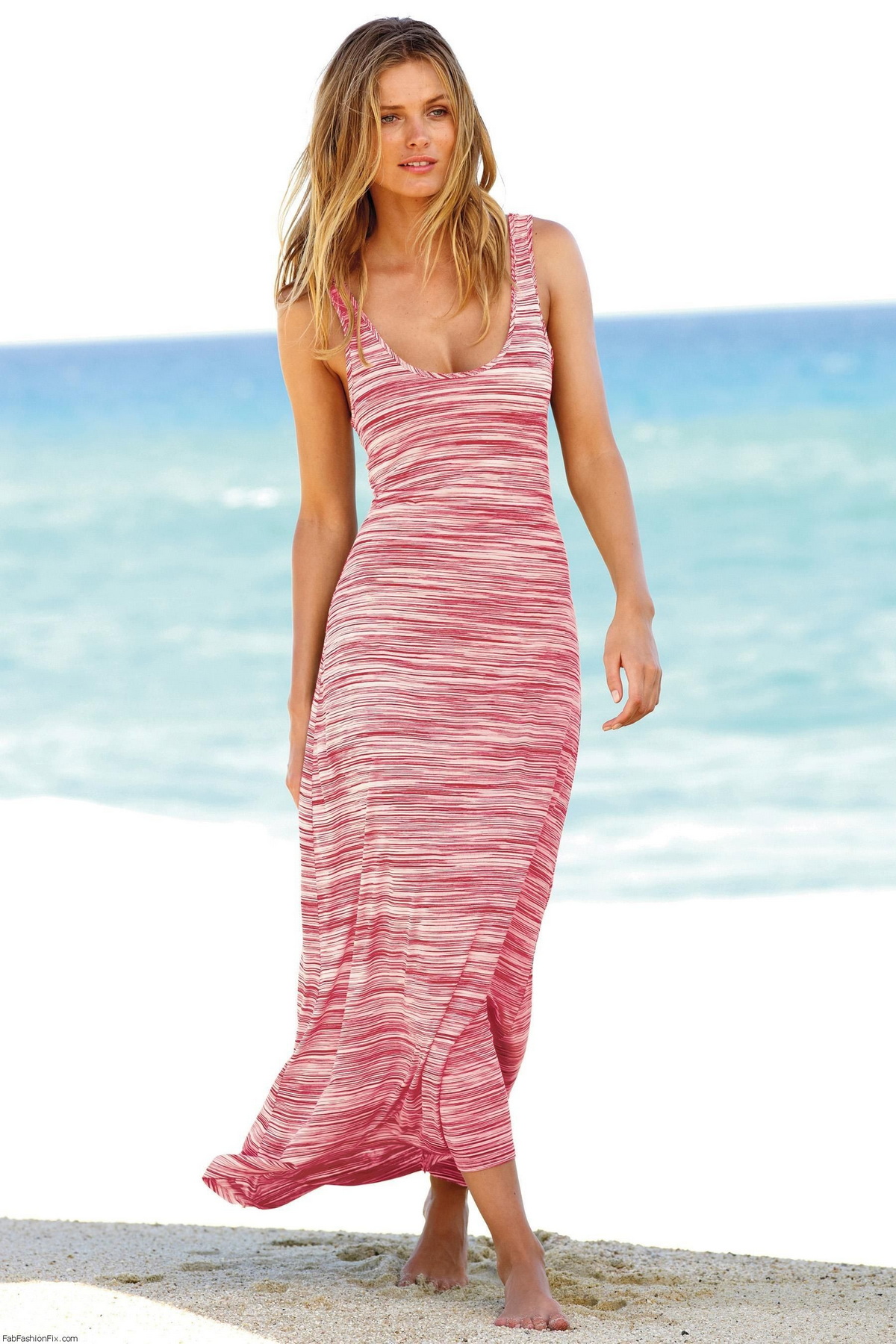
2. Contemporary Brands
Contemporary brands such as Mara Hoffman and Solid & Striped focus on modern aesthetics and functionality. Mara Hoffman is known for her commitment to sustainability, using eco-friendly materials in her collections. Solid & Striped offers classic styles with a contemporary twist, appealing to a wide audience.
3. Affordable Options
Brands like ASOS, Zara, and H&M provide trendy swimwear at accessible prices. These brands often collaborate with influencers and celebrities to create buzz around their collections, making them popular among younger consumers.
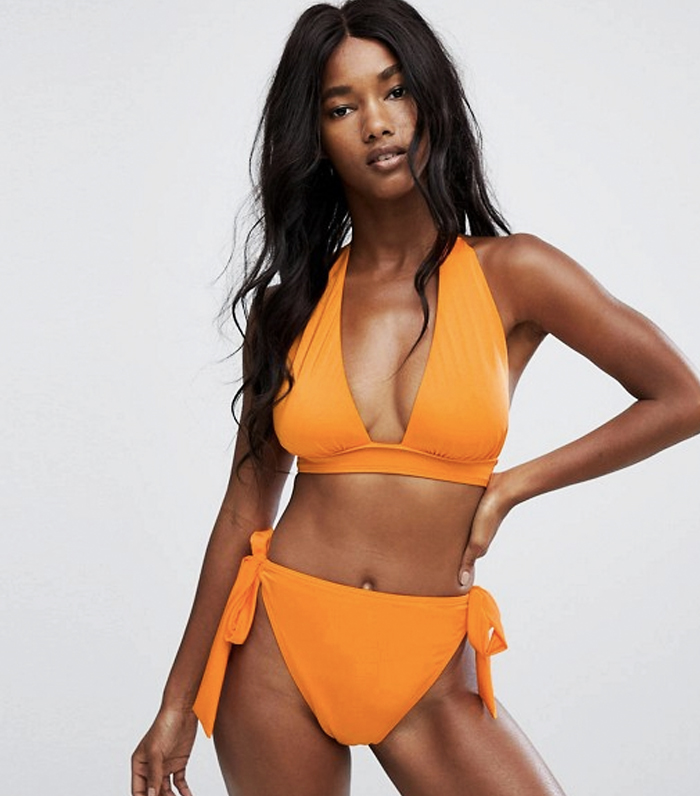
4. Niche and Indie Designers
In addition to established brands, niche and indie designers are making waves in the swimwear market. These designers often focus on unique styles, limited editions, and personalized customer experiences. Brands like Frankies Bikinis and Aerie have gained popularity for their inclusive sizing and body-positive messaging, appealing to a diverse range of consumers.
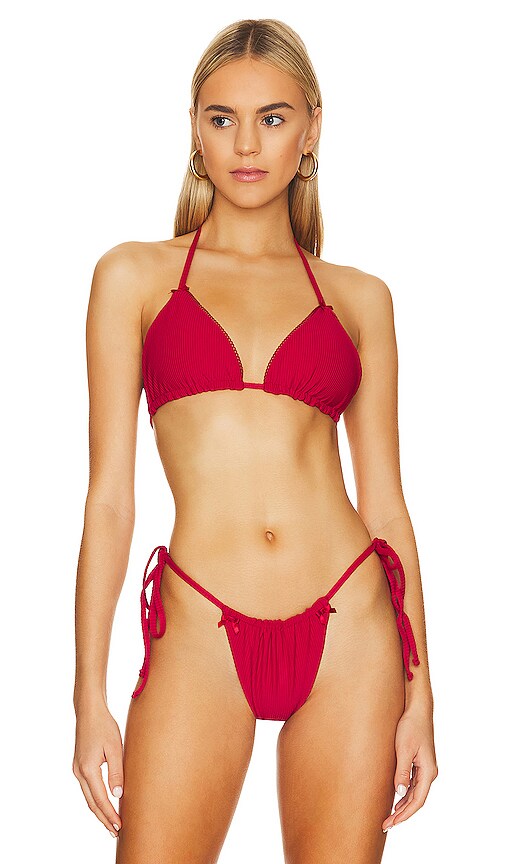
Current Trends in Swimwear
The swimwear industry is constantly evolving, with new trends emerging each season. Here are some of the most notable trends shaping the market today:
1. High-Waisted Bikinis
High-waisted bikinis have made a significant comeback, offering a retro vibe while providing more coverage. This style is flattering for many body types and has been embraced by various brands.
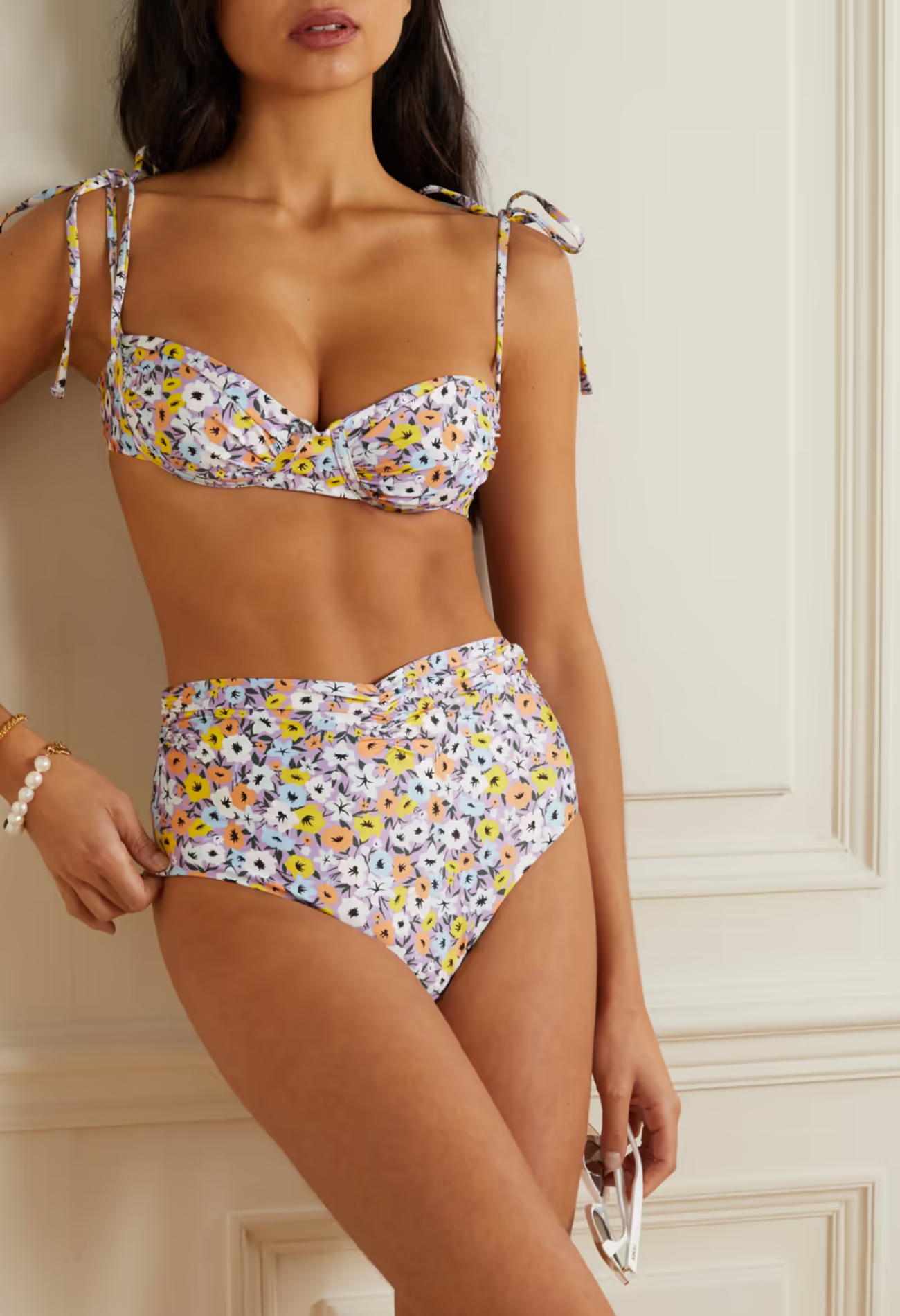
2. Cut-Outs and Asymmetry
Cut-out designs and asymmetrical silhouettes are gaining popularity, adding a modern twist to traditional swimwear. These designs create visual interest and allow for unique styling options.
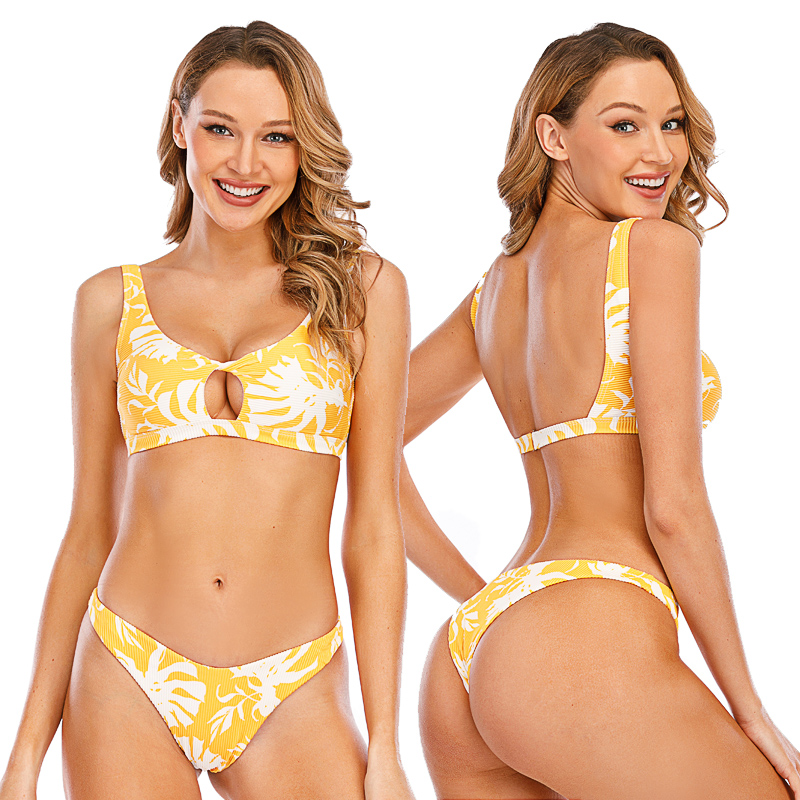
3. Bold Prints and Colors
Vibrant colors and bold prints are dominating the swimwear scene. From tropical florals to geometric patterns, these eye-catching designs are perfect for making a statement at the beach or pool.
4. Sustainable Swimwear
As consumers become more environmentally conscious, sustainable swimwear is on the rise. Brands are using recycled materials and eco-friendly production methods to create stylish and responsible swimwear options.
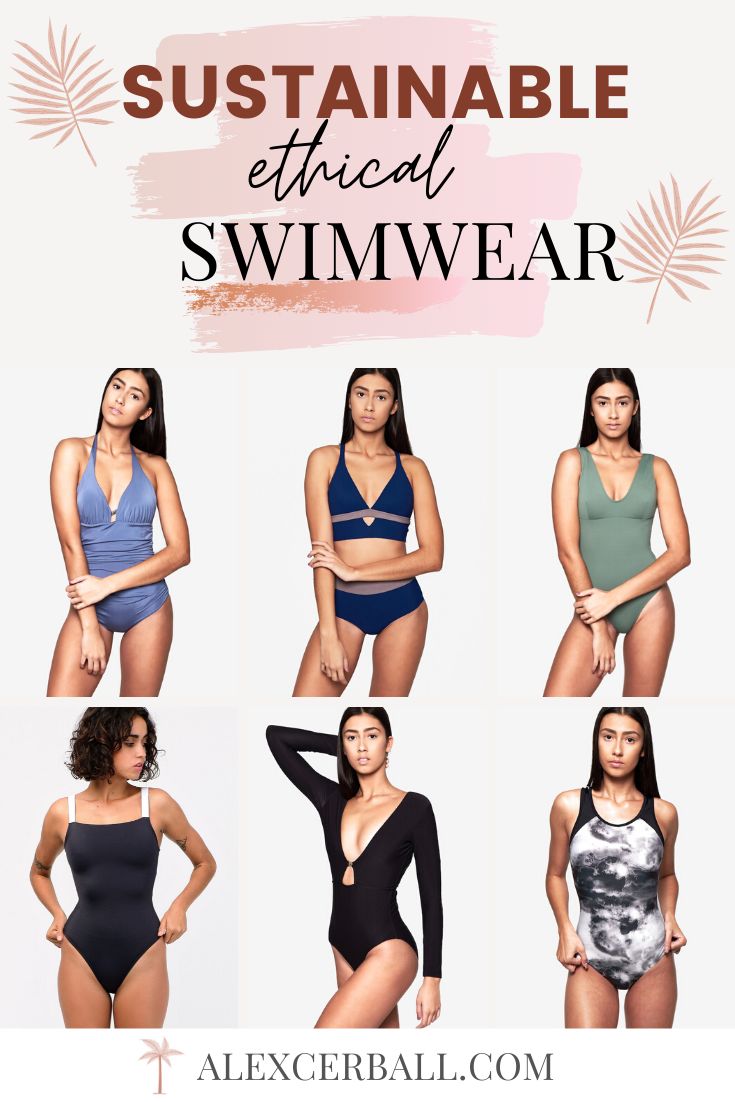
5. Athleisure Influence
The athleisure trend has also influenced swimwear, with many brands incorporating sporty elements into their designs. This includes features like racerback styles, moisture-wicking fabrics, and functional details that cater to active lifestyles.
6. Mix-and-Match Styles
Mix-and-match swimwear allows consumers to create personalized looks by combining different tops and bottoms. This trend encourages individuality and creativity, making it a popular choice among fashion-forward beachgoers.
The Importance of Sustainability in Swimwear
Sustainability has become a crucial aspect of the fashion industry, and swimwear is no exception. With the increasing awareness of environmental issues, many brands are taking steps to reduce their impact on the planet.
1. Recycled Materials
Many swimwear brands are now using recycled materials, such as plastic bottles and fishing nets, to create their products. This not only helps reduce waste but also promotes a circular economy.
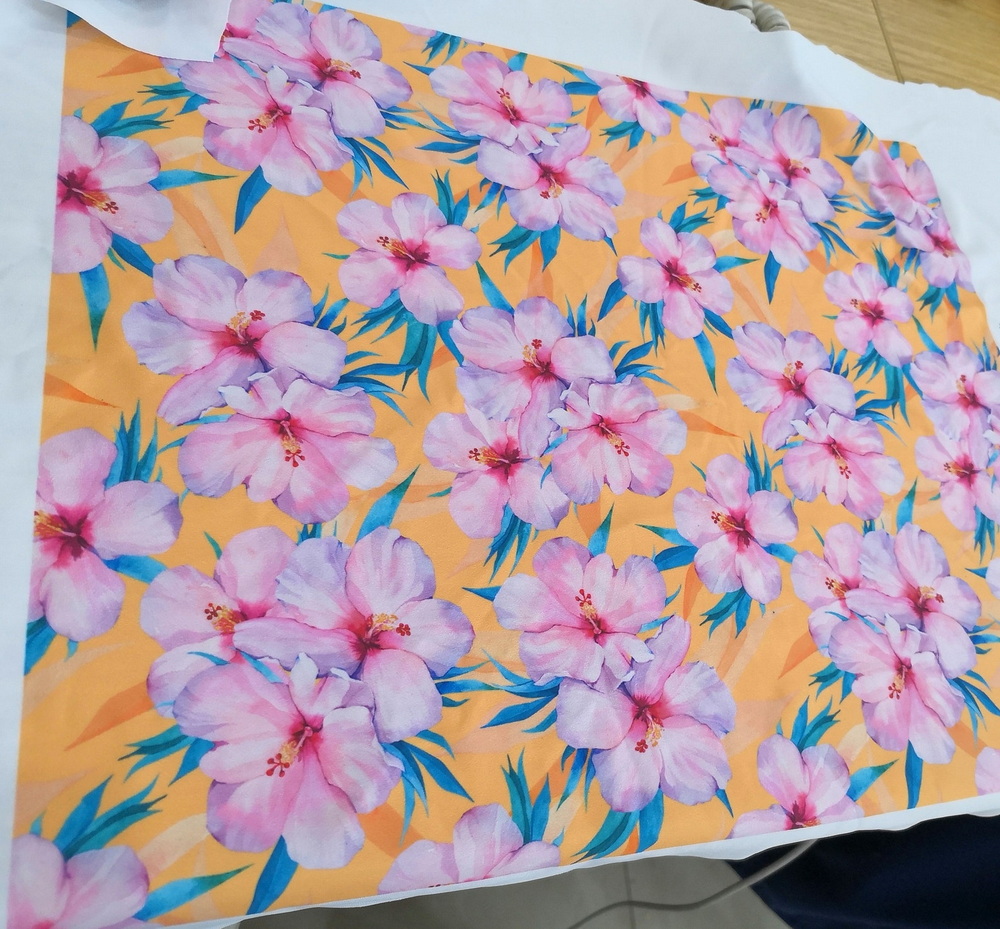
2. Eco-Friendly Production
Sustainable brands are adopting eco-friendly production methods, such as using water-saving techniques and non-toxic dyes. This commitment to sustainability resonates with consumers who prioritize ethical fashion.
3. Transparency and Ethical Practices
Consumers are increasingly demanding transparency from brands regarding their production processes. Brands that prioritize ethical practices, such as fair labor conditions and environmentally friendly materials, are gaining a loyal following.
4. Innovative Fabrics
Some brands are developing innovative fabrics made from sustainable sources, such as organic cotton, hemp, and biodegradable materials. These fabrics not only reduce environmental impact but also offer comfort and durability.
5. Consumer Education
Brands are also focusing on educating consumers about the importance of sustainability in swimwear. By sharing information about their practices and the benefits of eco-friendly materials, they empower consumers to make informed choices.
A Brief History of Swimwear
The history of swimwear is fascinating, reflecting changes in fashion, culture, and societal norms.
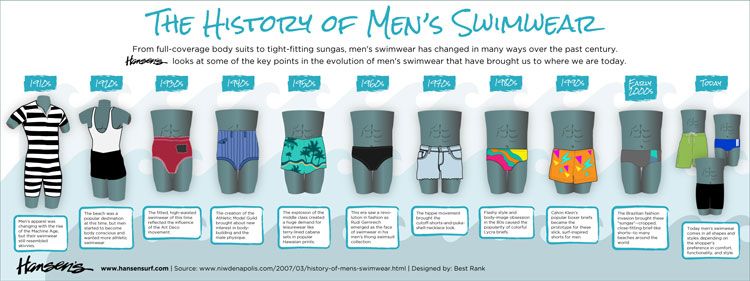
1. Early Swimwear
In the early 19th century, swimwear was primarily functional, with men wearing woolen suits and women donning heavy dresses. The introduction of lighter materials in the late 19th century marked the beginning of more practical swimwear.
2. The 1920s and 1930s
The 1920s saw the rise of the one-piece swimsuit for women, which offered more freedom of movement. The 1930s introduced the bikini, a revolutionary design that challenged societal norms and became a symbol of liberation.
3. The 1960s and 1970s
The 1960s and 1970s brought about a wave of experimentation in swimwear design. Bright colors, bold patterns, and innovative cuts became popular, reflecting the cultural shifts of the time. Designers like Rudi Gernreich introduced the monokini, a daring design that pushed the boundaries of swimwear.
4. The Modern Era
The latter half of the 20th century brought about significant changes in swimwear design, with the introduction of new materials like nylon and spandex. Today, swimwear is a diverse and dynamic industry, with styles ranging from modest to daring.
5. Cultural Influences
Swimwear has also been influenced by various cultures around the world. For example, the traditional Japanese "yukata" and the Brazilian "bikini" have inspired modern swimwear designs, showcasing the global nature of fashion.

Market Analysis of Swimwear
The swimwear market is a multi-billion dollar industry, with various factors influencing its growth and trends.
1. Market Size and Growth
The global swimwear market is projected to continue growing, driven by increasing participation in water sports and beach vacations. The demand for fashionable and functional swimwear is on the rise, particularly among younger consumers.
2. Consumer Preferences
Consumers are increasingly seeking swimwear that combines style, comfort, and sustainability. Brands that can effectively cater to these preferences are likely to succeed in the competitive market.
3. E-commerce and Social Media
The rise of e-commerce and social media has transformed the way swimwear is marketed and sold. Brands are leveraging platforms like Instagram and TikTok to reach their target audience and showcase their collections.
4. Global Market Trends
Emerging markets, particularly in Asia and Latin America, are experiencing significant growth in swimwear sales. As disposable incomes rise and more people engage in leisure activities, the demand for swimwear is expected to increase.
5. Challenges in the Industry
Despite the growth potential, the swimwear industry faces challenges such as intense competition, changing consumer preferences, and the need for continuous innovation. Brands must stay ahead of trends and adapt to the evolving market landscape to remain relevant.

Conclusion
The swimwear industry is a vibrant and ever-evolving landscape, shaped by talented designers, emerging trends, and a growing emphasis on sustainability. As consumers become more conscious of their choices, the demand for stylish and responsible swimwear will continue to rise. The future of swimwear looks promising, with innovative designs and sustainable practices paving the way for a more responsible industry.
Frequently Asked Questions
1. What are the latest trends in swimwear?
- Current trends include high-waisted bikinis, cut-outs, bold prints, sustainable materials, athleisure influences, and mix-and-match styles.
2. Who are some popular swimwear designers?
- Notable designers include Versace, Mara Hoffman, Solid & Striped, Frankies Bikinis, and Aerie.
3. Why is sustainability important in swimwear?
- Sustainability reduces environmental impact and promotes ethical practices in the fashion industry, appealing to conscious consumers.
4. What is the history of swimwear?
- Swimwear has evolved from functional garments in the 19th century to diverse styles today, including the bikini and one-piece swimsuits.
5. How is the swimwear market performing?
- The global swimwear market is growing, driven by consumer demand for fashionable and functional options, particularly in emerging markets.











































